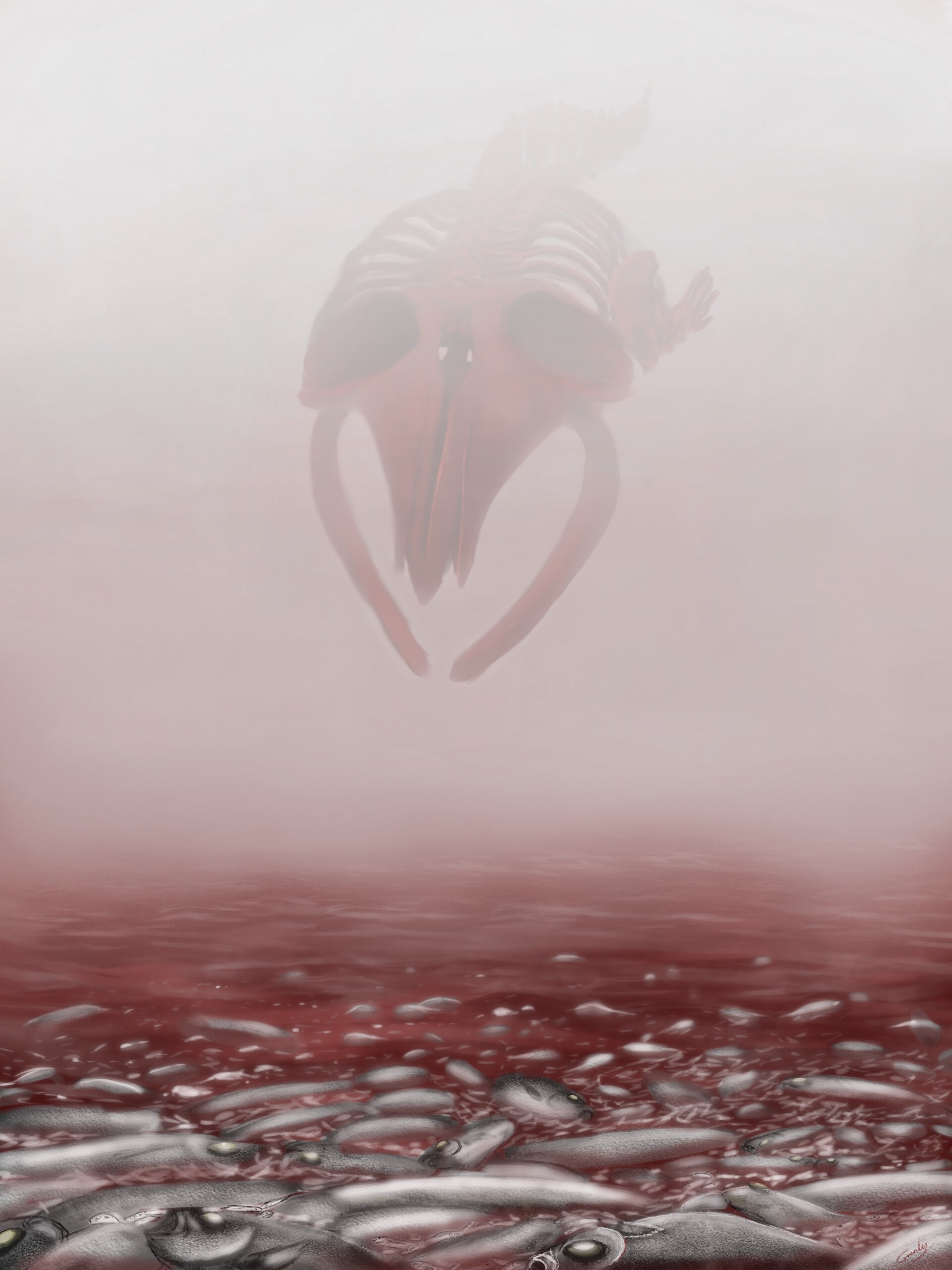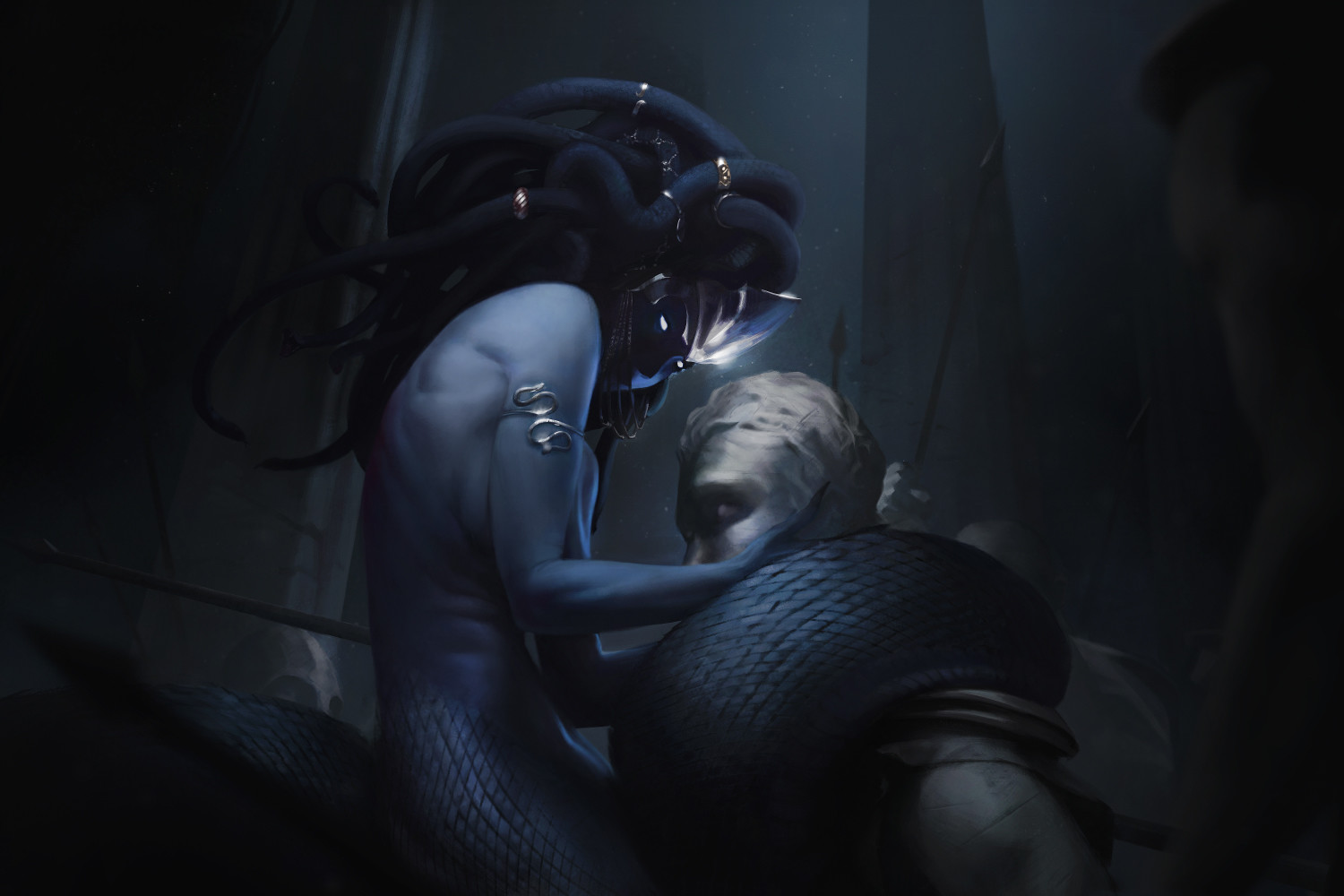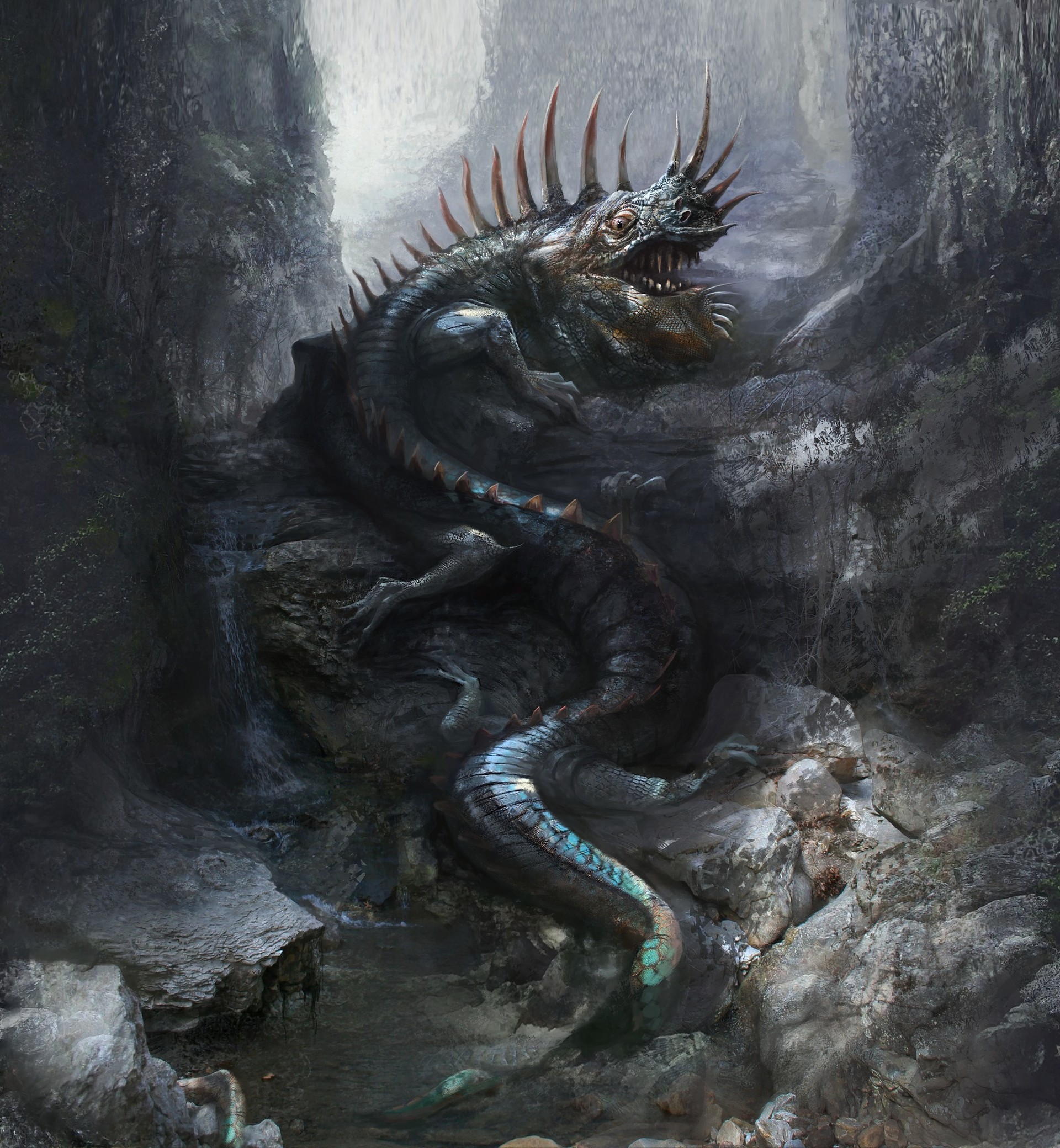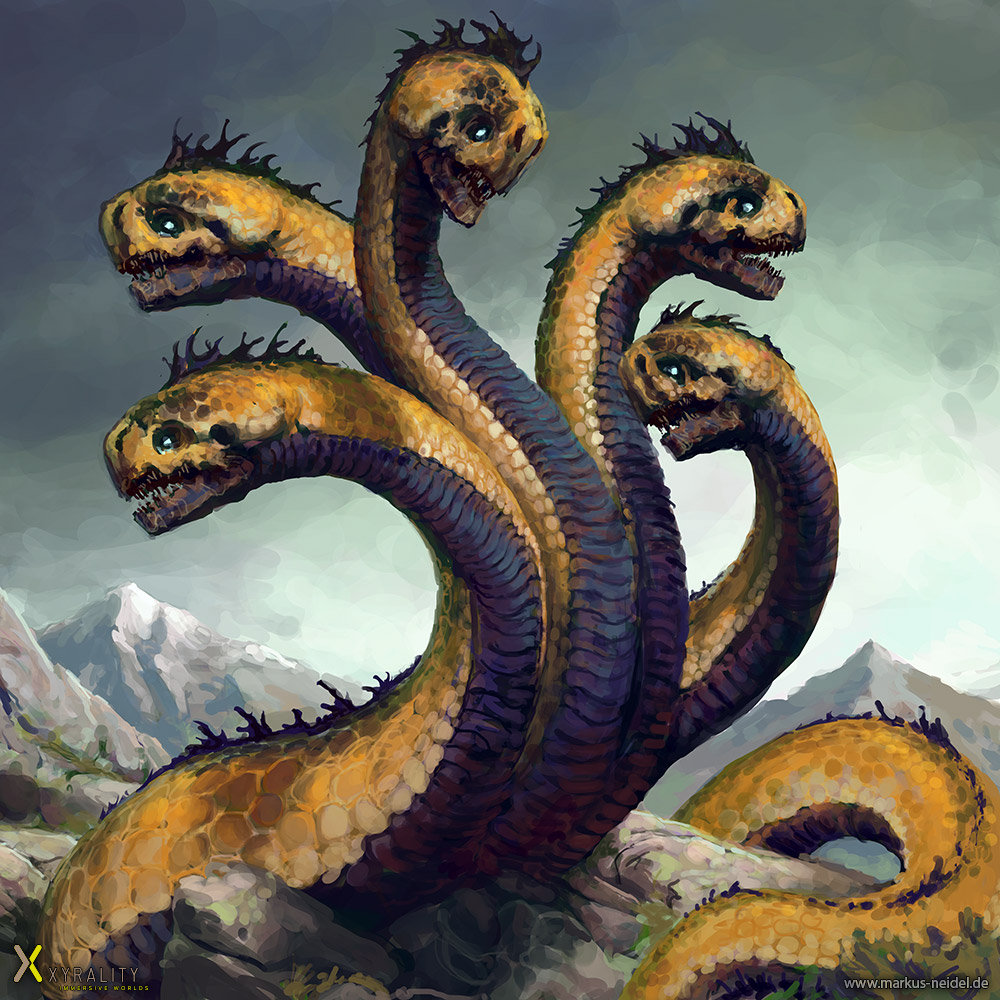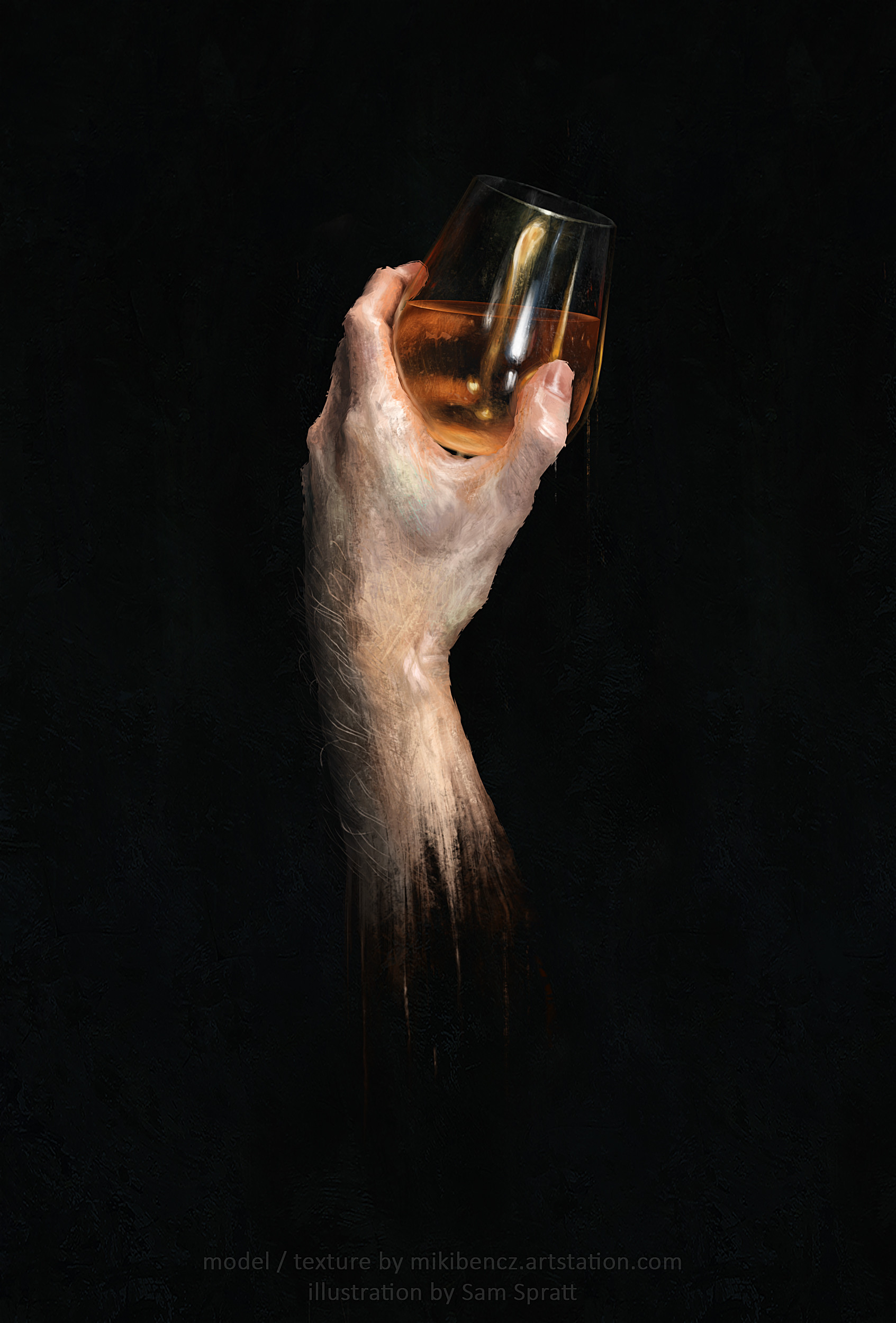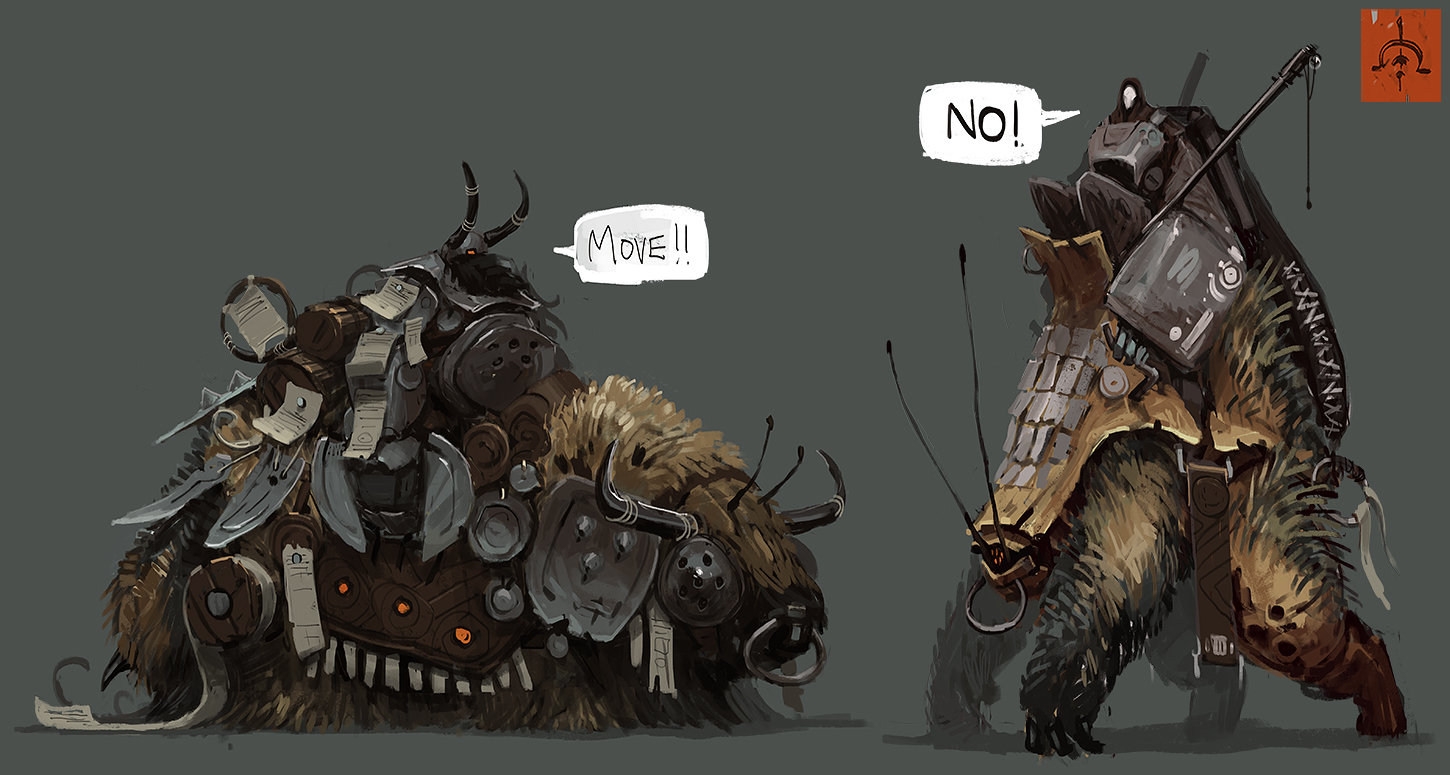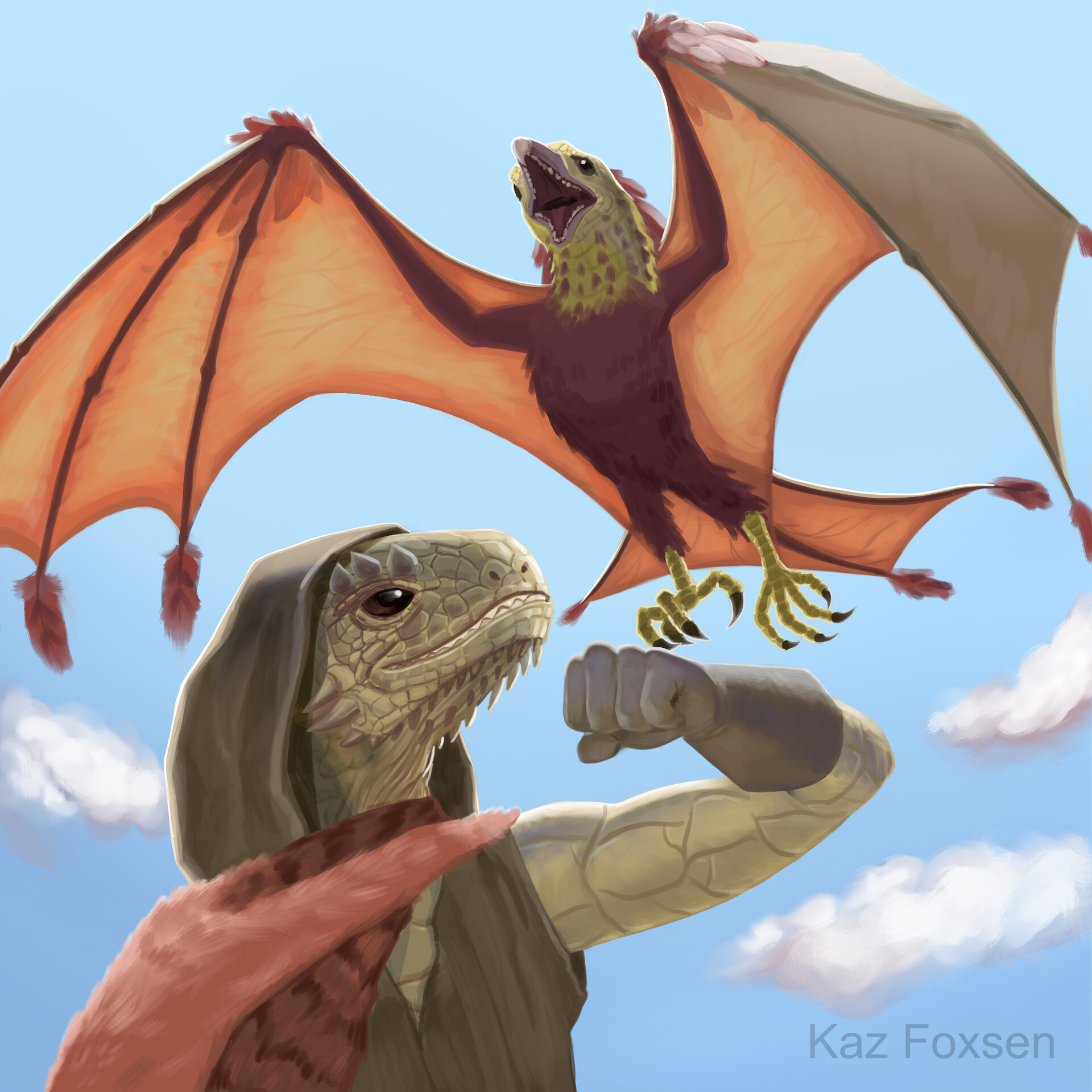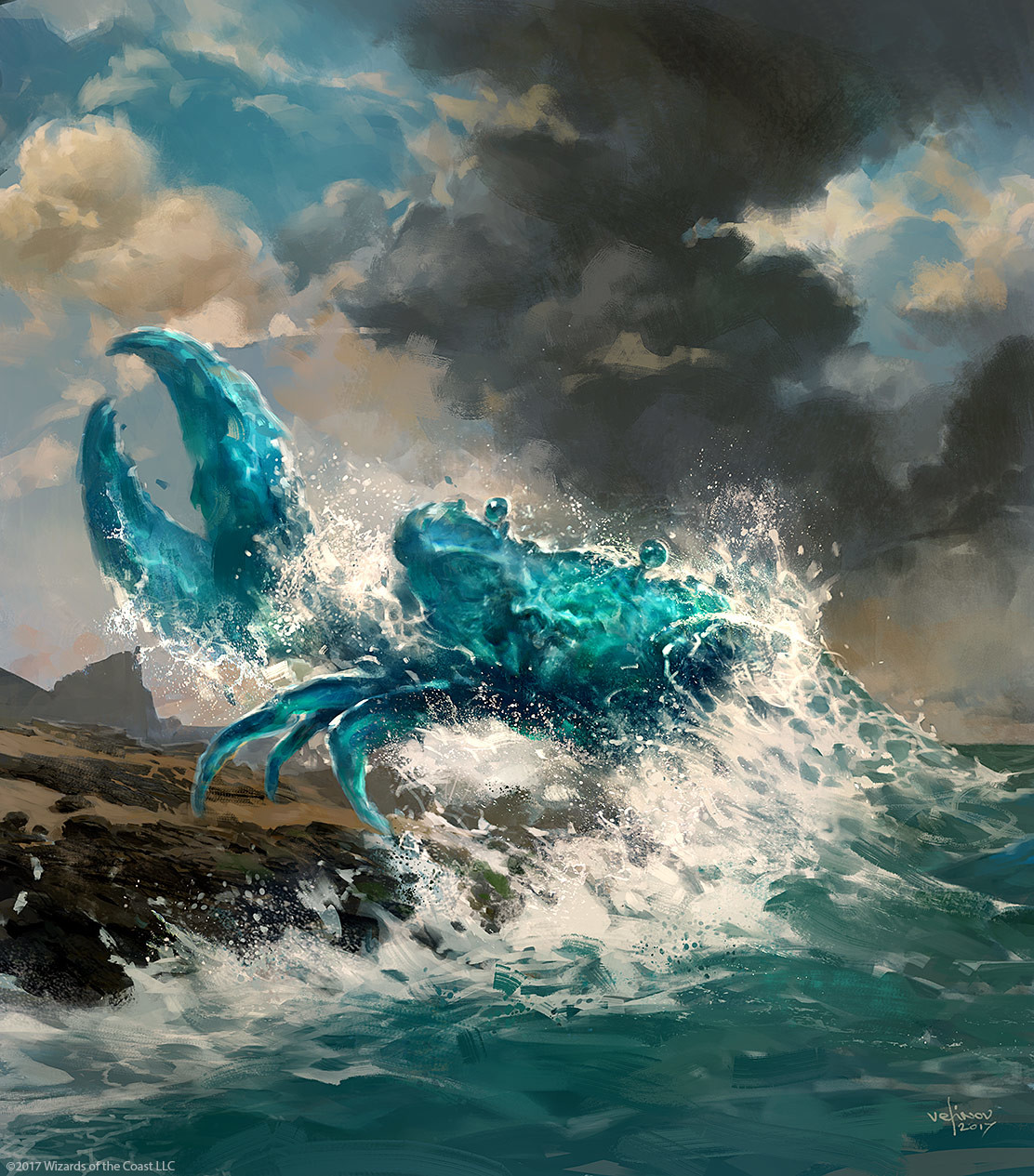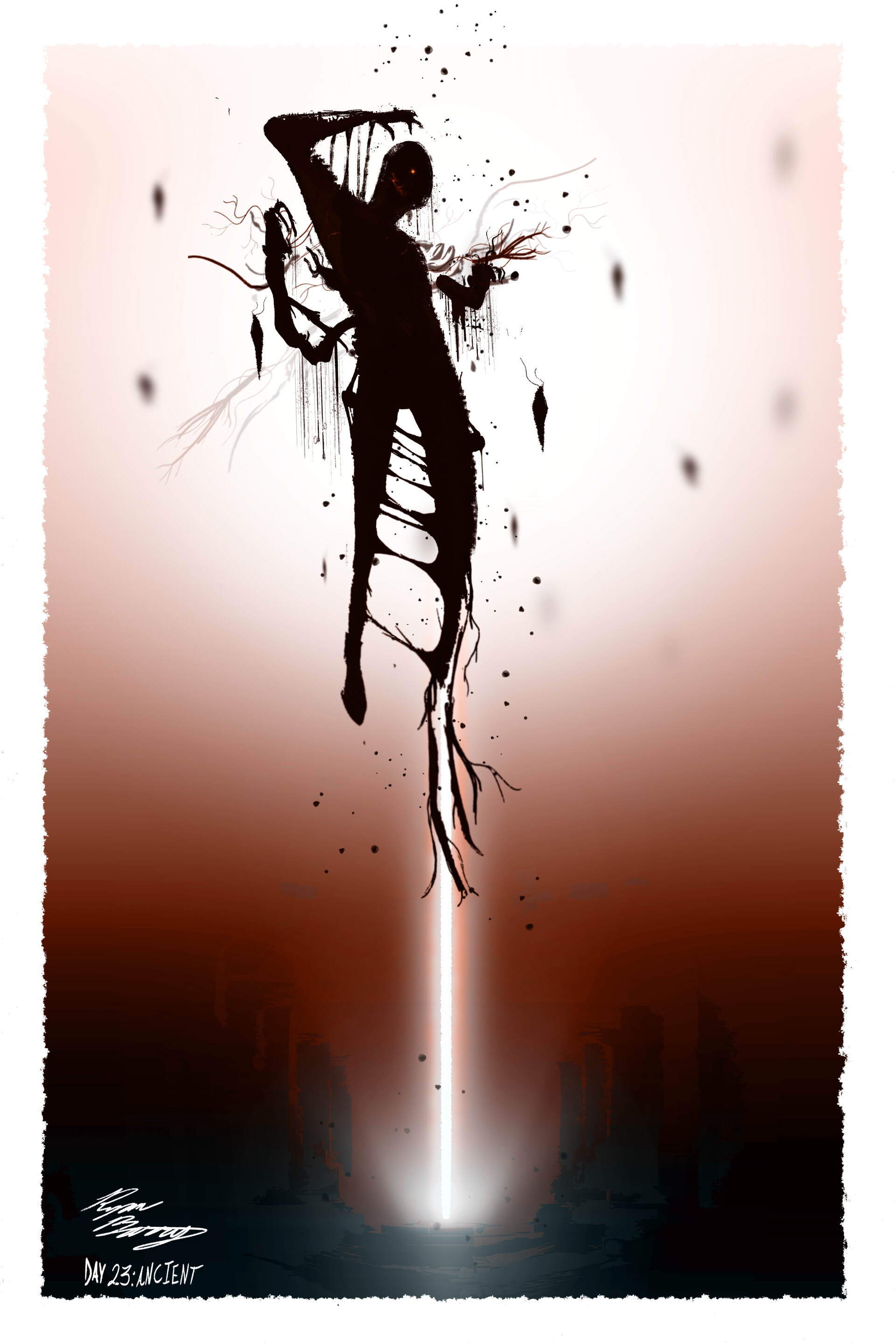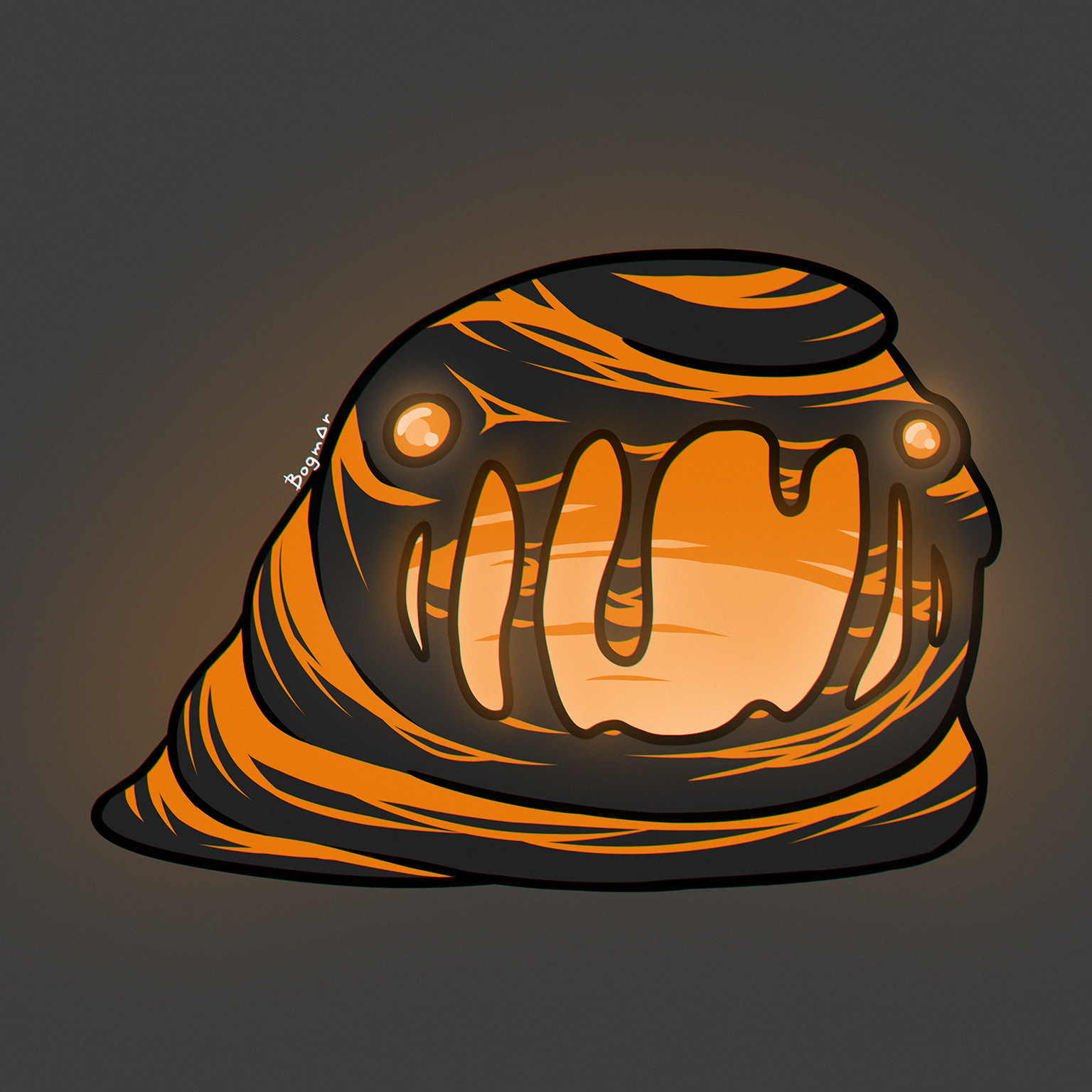 |
| Material studies by Torsten Gunst |
Dread illusionists, the arcane deceivers, manipulate the image without touching the material at its core, controlling the color without the 'stone' as it were. This power is profane and can only lead to ruin.
Where color determines the properties of a substance, spirit is the form of it. Most materials have no spirit, and can thus be reshaped freely without losing their properties (it has been discovered that almost everything does in fact have a spirit, though it is usually quite rudimentary. The spirit of crystal, for instance, may be that it persists only in hexagonal patterns, an extremely simple spiritual form). Plants have slightly more defined spirits, and animals even moreso. Most animal species share a spirit with their kin, including humans, though the soul has a strong tendency to impact the spiritual form.
A soul is simply a more advanced, particular extension of the spirit, which is so developed only in humans and other thinking beings. Because of the unique and advanced ways it can develope, generally no two souls are alike, and this can have an impact upon the prospective spirits, often turning a human spirit into that person's spirit, a subtle but important distinction for those who practice shifting arts. It may be noted that animals cannot be cursed, and this is a simple product of their having no soul; a curse is a wound upon the soul, as much as any cut or bruise upon the flesh. Minor curses can be healed with mild bed rest, as they are shallow cuts and scrapes on the soul. Deeper, more powerful curses require careful, lengthy processes of healing. The holy powers of saints utilize this process, pulling spiritual energy into their soul and tearing away bits of it in order to grant that energy to their allies, and more experienced saints can even learn to utilize these rends in their soul offensively, attacking the souls or even the flesh of enemies.
 |
| The summoning sisters by Antoine Collignon |
Much study has been done with regards to silver and the functions of undeath. It is clear that the undead are similar to the living afflicted with a curse, as can be seen with vampires, who were long considered undead despite often suffering no death between humanity and monstrousness. It is now consensus that undead are given malformed souls that eat away their spirit, granting something that is almost life but often far more finite. On the other hand, many cases of immortality are reached through undeath, perhaps with souls that are reinforced using parts of the spirit, malforming the body but keeping the mind alive indefinitely? Regardless this is perverse and unnatural, and no further writing should be done upon the subject.
Similar to undead, artificial souls are created when a golem is animated. Imprinting the holy word upon a tool forms a unique embossing of the creator's soul upon the spirit of the tool, which must have originally been crafted with intent. Naturally occurring objects can be used as tools physically, but they have no spirit for it and reject the artificial soul. Because of this, some claim that golemology is a darker, more unnatural art than necromancy, and will one day destroy us all! This is preposterous, golems are quite useful and docile, and have never destroyed anyone when used properly. It is possible that a fusion of necromantic and golemary arts could yield a living golem, capable of creating more of its kind... but this strays too far from the known and established.
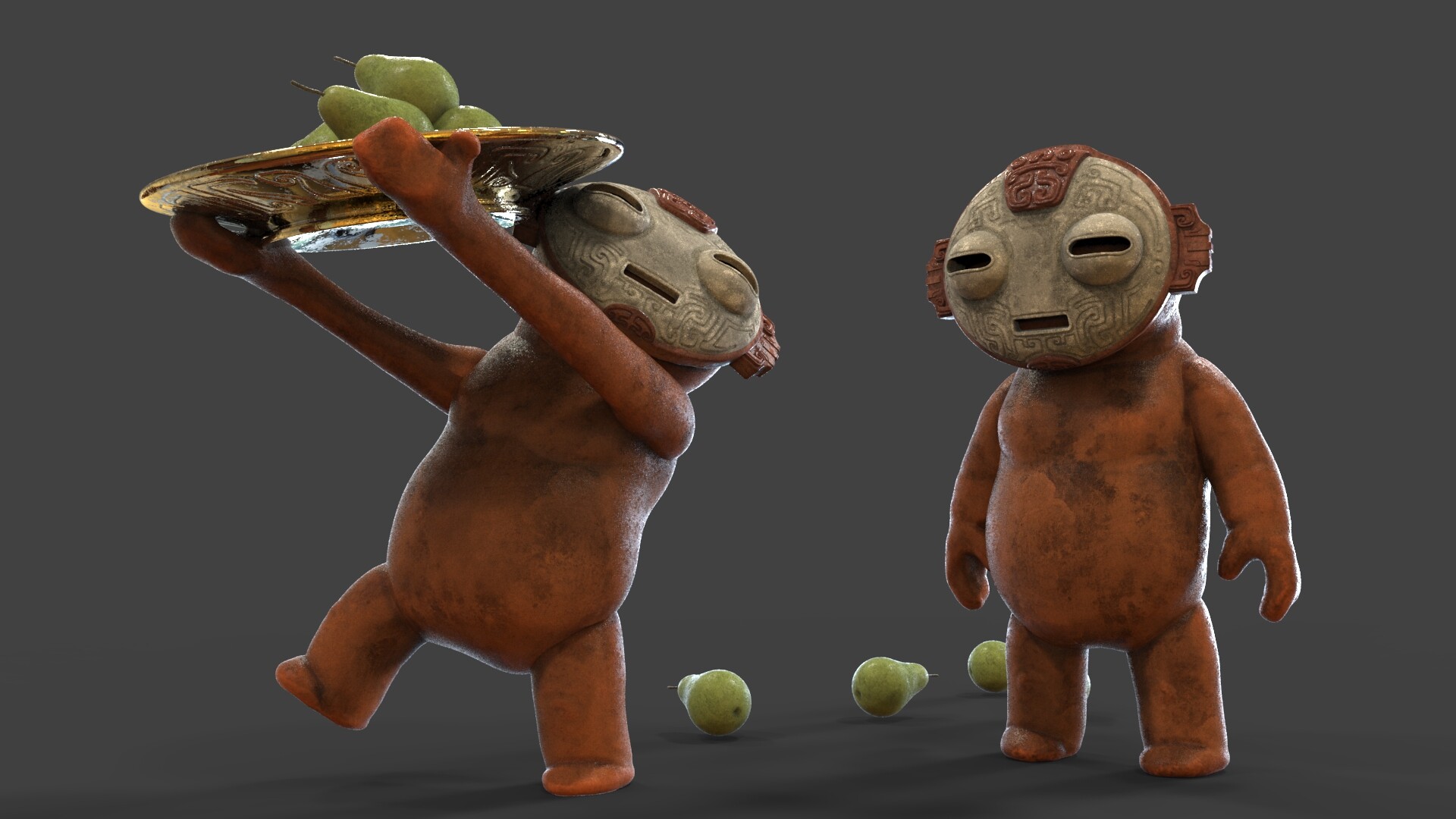 |
| Household Golems by Ben Wanat |
Of course these findings are irrefutably true and thoroughly proven through rigorous testing. Any wishing to dispute or disprove this work may find their way best to a tavern, where they shall engage in discourse with any drink of their choosing.
